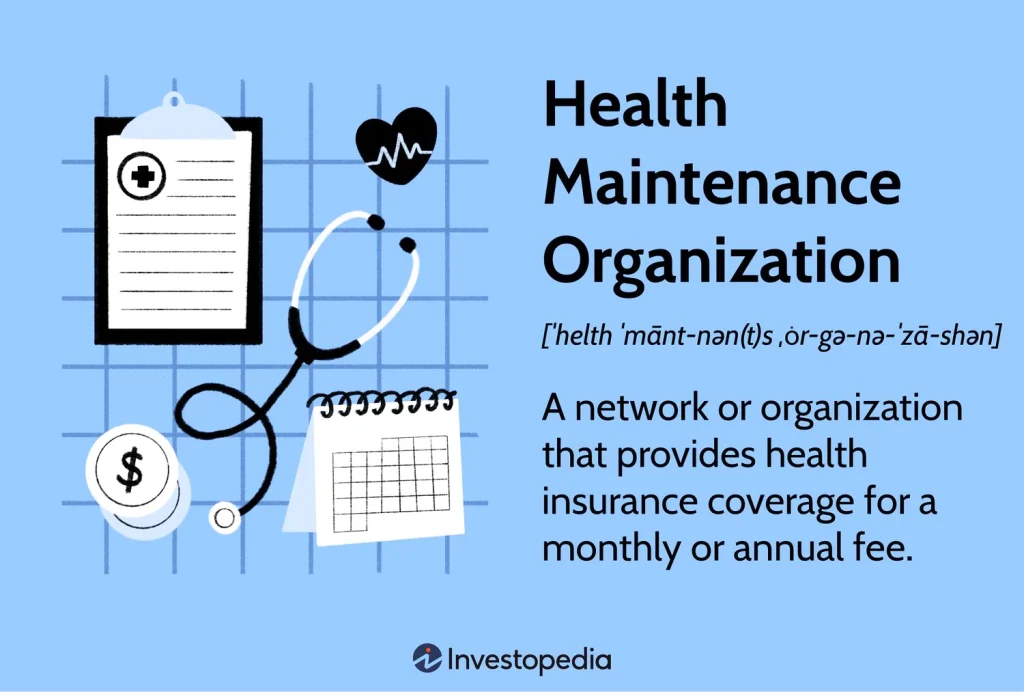Which of the following is covered by health codes requirements Seen to inquire about essential elements or subjects. A lot of different parts of public health and safety are regulated by health codes.
It includes a lot of different fields and places. Food places are important for cleanliness. Standards for cleanliness and safe ways to handle food must be followed.
The need for maintenance, getting rid of trash, and dangerous items. Rules for dealing with and stopping infectious diseases.
Protocol, Guidelines for the Quality of Water. Sanitation, service, and health care in leisure centers. Taken to make sure workers are safe in fields like buildings. For more visit the website The diet and weight loos.
Hygiene rules lower the chance of getting sick and stop the spread of illness. To promote actions that are safe and good for you. aims to keep people healthy by setting up small rules and standards.
Also, to make sure that people and groups are healthy. How much people care about safety and the quality of the things and services they get. Following cleanliness rules is important to keep trust and faith.
Businesses are aware of the most important things that the Health Act covers. To keep people following the rules so that the public’s health is protected. Making the world a safer and healthier place for everyone is important.
Introduction to which of the following is covered by health codes:

Which of the following is not a choice that is required by the health code? For example, places that serve food, provide medical care, offer entertainment, and jobs.
Regulations are the rules that the government makes for the safety and health of the people. Codes spell out specific rules and standards. Lower health risks and encourage healthy habits.
People and business organisations are the main targets of health rules. A certain level of cleanliness is necessary for health and safety. Taking care of people’s health and safety. and groups by making sure that rules are followed.
Importance of Consent:
To lower the risks to health in order to stop disease attacks and improve the goods and services offered. Following cleanliness rules is important to keep the public’s trust in quality and safety.
Health rules are followed by businesses and groups. People who work there, customers, and the people at large feel safe and healthy. Shows dedication to setting priorities.
Costs that come from not following health rules. Penalties can lead to bad things, like lawsuits and damage to your image.
Make neighborhoods and surroundings healthier to improve public health and safety. It’s important to know and follow cleanliness rules for your own health.
Sanitation Standards for Food Establishments:
Food places must have clean and germ-free surroundings that meet sanitation standards. Includes rules and instructions. aiming at keeping up.
The place where food is made, served, and kept. Standards cover surfaces, tools, and items that come into touch with food.
Standards for sanitation to protect the safety and purity of the food supply chain. Pesticides are the right way for people who work with food to get rid of their waste. May tell people how to handle things and keep themselves clean.
Safe Food Handling Practices:
Made to lower the chance of pollution in safe ways to handle food. It includes steps and instructions for making food items.
This means putting on clean gloves and other safety gear. Keeping food fresh keeps raw and cooked foods from getting contaminated with each other.
Keeping the right temperature during cooking and killing bacteria that are dangerous. For example, taking steps to stop the growth of viruses. Practices Follow safe ways to handle food.
Keeping people from getting sick from food and making sure that food is safe. It is very important to keep people’s trust in quality.
Requirements for food storage and preparation:
The things that are needed to store and prepare food are waste pollution. keeping food fresh so that it doesn’t make people sick. Describes detailed rules and guidelines for doing and getting ready.
As part of the requirements, perishable foods must be kept cool and frozen properly. Labelling food items to keep dry things and other items that don’t go bad for a long time.
To make sure that dating, cooking, and harm are done correctly. The heat and time of cooking can kill germs. Food businesses that follow the rules are related to food. Can make sure the source is safe and reliable.
Guidelines for Waste Disposal and Handling of Hazardous Substances:

The goal of environmental health guidelines is to protect public health and stop damage to the environment. To properly get rid of trash and work with dangerous materials.
It includes rules and guidelines. The rules cover different kinds of trash, like solid trash. Dangerous trash: Keep scientific and chemical waste safely stored.
This could include rules for transport and dumping. Getting rid of trash the right way lowers pollution. To lower the chance that groups and environments will be hurt by environmental damage. Helps keep bad health effects from happening.
Water Quality and Sanitation Regulations:
Rules for Water Quality and Sanitation Water for drinking and recreation. Water sources and garbage removal systems need to be kept clean and safe. Sets rules and requirements to make sure.
Testing for pollutants in water quality that is allowed by law. Treatment of water to get rid of dangerous chemicals.
To protect public health, infectious diseases must be stopped and drinking water must be safe. It is safe to bathe in and drink for fun activities.
Rules are needed to make sure everyone has access to water.
Regulations for Recreational Facilities (Pools, Spas, etc.):
For places to have fun, like water parks, pools, and spas. Rules, building layout, function, upkeep, and cleanliness.
Testing and treating the water to meet standards for cleanliness. The right method for cleaning and filtering. The lifeguard is in charge of the safety gear and signs.
Includes rules about how to keep buildings and tools clean. Follow the rules to stop diseases that are spread by water. Encourages people to have a safe and fun time at the entertainment venue.
Protocol for Prevention of Infectious Diseases:
Ways to keep infectious diseases from spreading in groups and towns. It has rules and instructions for keeping infections from happening.
Protocols include encouraging people to take care of their own cleanliness. Giving people information about plans and medicines. Making it easier for people to get care is an effective way to stop infectious diseases.
Responsible parties in the field of public health will adhere to the process. Being sick can stop the spread of contagious diseases. Can cut down on deaths and breakouts. Can guard people who are weak from hand.
Immunization Requirements:
Immunization standards must be met or are strongly suggested. People must agree not to do something. Some of the requirements are age, job, travel experience, and certain health problems. Possible to change based on. Giving an animal a shot helps it build up its defenses.
Disease-proof, which lowers the chance of spreading.
Surveillance and Reporting of Disease Outbreaks:
The rapid detection of disease outbreaks depends on the ability to monitor and report them. Systemic data on the frequency and spread of diseases to help people learn and act.
There are public health groups and health care. The providers look at sickness trends. Determines potential entry points for infectious illnesses and maintains records of reported instances.
In order to prevent the disease from spreading further, it is necessary to investigate existing instances and implement control measures. Reporting disease cases on time makes it easier for everyone to work together to stop them.
Helps healthcare workers and public health officials talk to each other better. Being in charge of how infectious diseases affect the community.
Hygiene and Sanitation Requirements:

The regulations make it less probable that harmful microorganisms will make it into food. Includes instructions for cleaning up. To keep the healthcare setting clean and safe.
The goal is to stop the spread of contagious diseases and protect healthcare workers. Rules about cleanliness to keep guests healthy and happy.
Infection Control Practices:
How healthcare facilities keep infections under control Patient, Medical Care. There are a lot of precautions in place to keep workers and guests from getting sick. Some of the tasks used methods and norms. By using good methods for preventing infections.
Safety Protocols for Medical Equipment and Supplies:
The rules for healthcare facilities are practical and meant to keep patients safe. The right medical tools and equipment to avoid problems.
Sets up protection rules for use, maintenance, and running. Could include rules for steriisation.
The safe handling of dangerous products and medical gadgets. How to go about settling.
For medical tools and materials. You must follow the safety rules. Hurt people with broken shock tools.
Finally,
Which of the following is covered by health codes. To what extent does the health code address critical issues? Check out any health code standards that include rules for keeping food safe and stopping diseases.
Quality standards for health care facilities protect public health and safety. Set rules and guidelines that will stop the illness and disease from spreading.
Starting with rules about cleanliness in places that serve food. Right up to the Infectious Disease Prevention Protocol. Every part is safe and good for people and groups.
IMPORTANCE OF HYGIENE COMPLIANCE FOR PUBLIC HEALTH AND SAFETY:
Stops the spread of dangerous diseases and environmental problems and is not safe. Reduces the health risks that come with exercise. Makes people more sure of quality and safety. Helps the neighborhood stay healthy and grow financially. To keep the people safe and healthy, everyone needs to work together. Acquiring, executing, and upholding cleanliness standards is crucial.
FAQ:
Q: What is Food Safety 5?
A: To keep food safe, you need to follow these five key rules. The name for them is Food Safety 5.
- Keep it clean.
- Keep the places where you prepare food clean and wash your hands.
- Keep raw and boiled food separate.
- Put food in a safe place to cook and keep it there.
- Water and products should be safe to use.
Q: What are the ingredients of food hygiene?
A: Food cleanliness includes a lot of different things. These include keeping yourself clean and keeping the places where you prepare food clean.
Health precautions and ways to keep food from making people sick. Follow the steps for controlling the temperature. How safe and good the food is. It’s very important to keep these things up.
